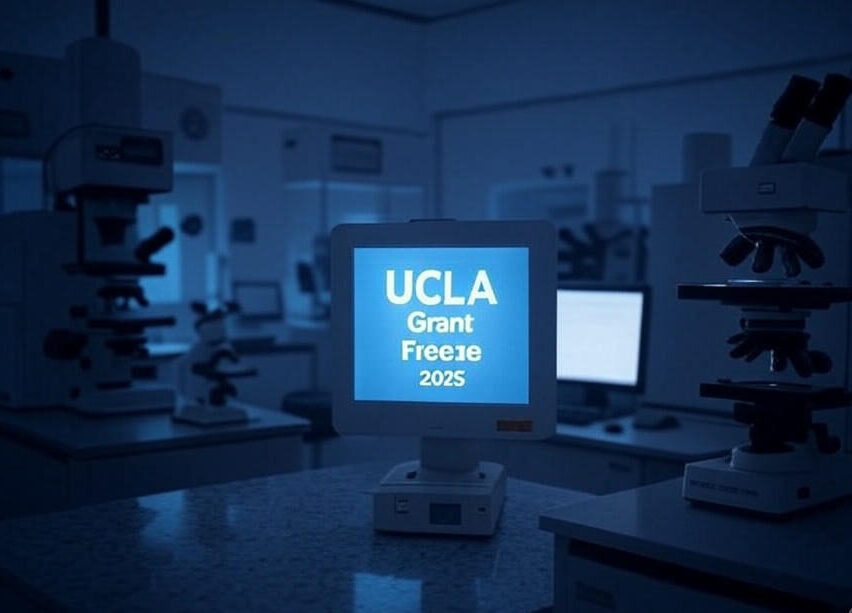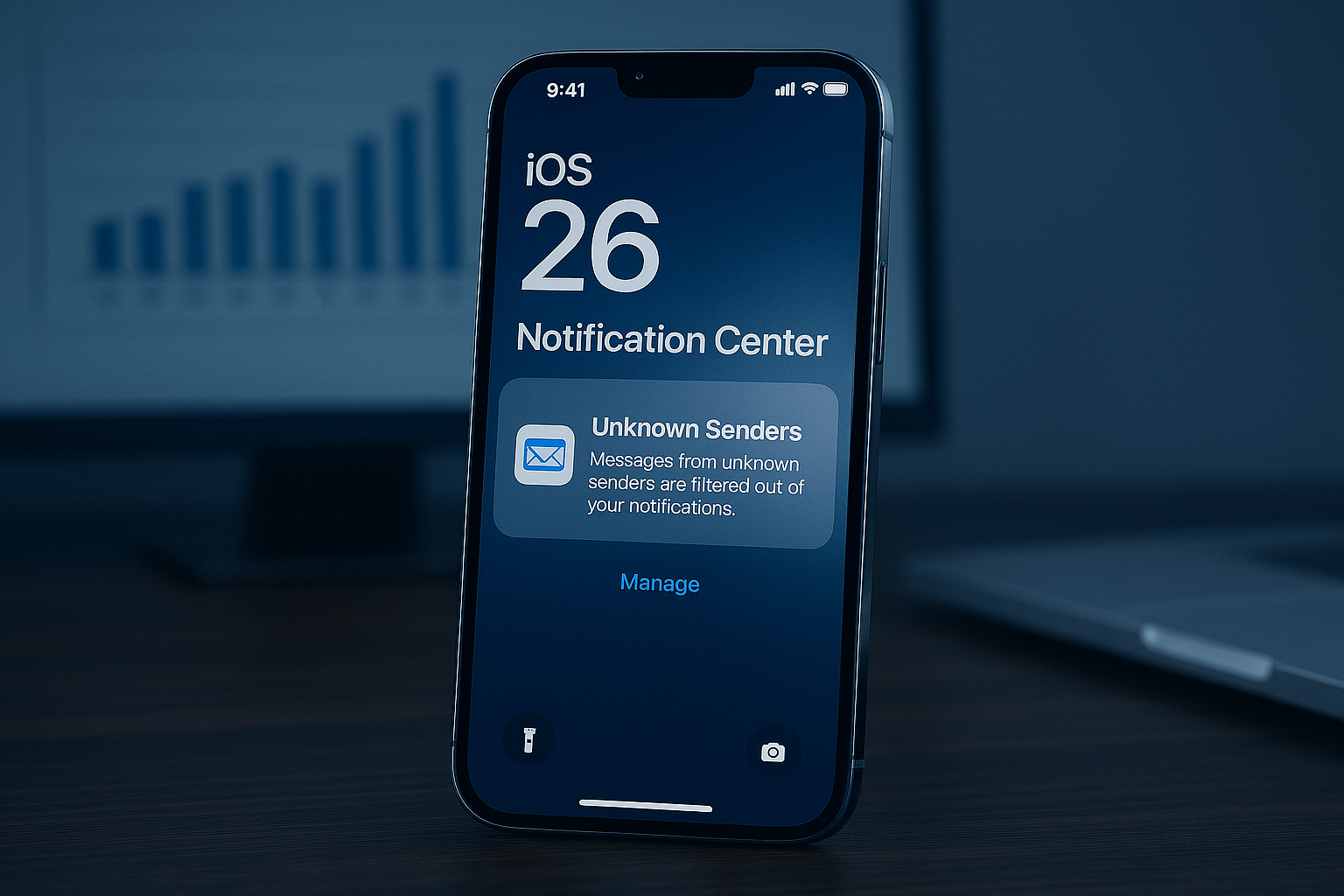Blood Clot Warning Signs You Shouldn’t Ignore, Doctors Say

The Silent Killer: 5 Blood Clot Warning Signs Doctors Say You Can’t Ignore
It can start with a simple leg cramp or a sudden shortness of breath. While easy to dismiss, these subtle symptoms can sometimes signal a life-threatening medical emergency: a blood clot. Doctors are increasingly urging people to learn the blood clot warning signs, as early detection is the single most important factor in preventing a fatal outcome.
A blood clot, or thrombus, is a gel-like clump of blood that forms in a vein or artery. While they are a normal part of the body’s healing process, they become dangerous when they form improperly or break free and travel to vital organs. Understanding the difference between a harmless ache and a sign of deep vein thrombosis (DVT) or a pulmonary embolism (PE) could save your life.
1. Swelling in One Arm or Leg
One of the most common and specific signs of a DVT (a clot in a deep vein, usually the leg) is unilateral swelling.
- What to look for: Noticeable swelling in just one leg or one arm, not both. The area may feel tight, full, or heavy.
- Why it happens: The clot blocks blood flow in the vein, causing blood to back up and fluid to pool in the limb, leading to swelling.
- Key takeaway: Unexplained swelling that is confined to a single limb is a major red flag and requires immediate medical attention.
2. Leg Pain or Tenderness
Pain accompanying the swelling is another classic symptom of DVT. This isn’t usually a sharp, stabbing pain but something more persistent.
- What to look for: A cramping sensation, soreness, or a dull ache in your calf or thigh. The pain may be more noticeable when you stand or walk. The area might also be tender to the touch.
- Why it happens: The clot itself can cause inflammation in the vein and surrounding tissue, resulting in pain.
- Key takeaway: If swelling is combined with a persistent, cramp-like pain in the same limb, the suspicion for DVT should be high.
3. Redness or Discolored Skin
A change in skin color over the affected area is another visual clue.
- What to look for: The skin over the clot may appear reddish, bluish, or pale. The area might also feel warm to the touch compared to the surrounding skin.
- Why it happens: This is due to inflammation and the congestion of blood caused by the blockage.
- Key takeaway: Visible skin discoloration and warmth are important signs that should not be ignored, especially when seen with swelling and pain.
4. Sudden Shortness of Breath
This is the most common sign of a pulmonary embolism (PE), which occurs when a piece of a DVT breaks off, travels through the bloodstream, and gets lodged in the lungs. A PE is a life-threatening emergency.
- What to look for: A sudden, unexplained difficulty in breathing. It might feel like you can’t get enough air, even when resting.
- Why it happens: The clot blocks blood flow in the lungs, reducing oxygen levels in the blood and putting immense strain on the heart.
- Key takeaway: Sudden shortness of breath, with or without chest pain, warrants an immediate call to 911.
5. Sharp Chest Pain and Rapid Heart Rate
These symptoms often accompany a pulmonary embolism and signal that the heart is in distress.
- What to look for: A sharp, stabbing chest pain that gets worse when you take a deep breath or cough. You may also feel your heart racing or fluttering. Some people may cough up blood.
- Why it happens: The clot in the lung can cause inflammation of the lung’s lining (pleura), leading to sharp pain. The heart beats faster to compensate for the reduced oxygen flow.
- Key takeaway: Chest pain and a rapid pulse, especially when combined with shortness of breath, are signs of a critical medical emergency.
Conclusion: When in Doubt, Check It Out
The blood clot warning signs can be subtle, but the consequences of ignoring them are severe. It is crucial to listen to your body. While a leg cramp is often just a leg cramp, if it’s accompanied by swelling, redness, and warmth in one leg, it’s time to seek help. And if you ever experience sudden, unexplained shortness of breath, do not wait. Prompt medical evaluation is the key to diagnosing and treating clots before they become fatal.










